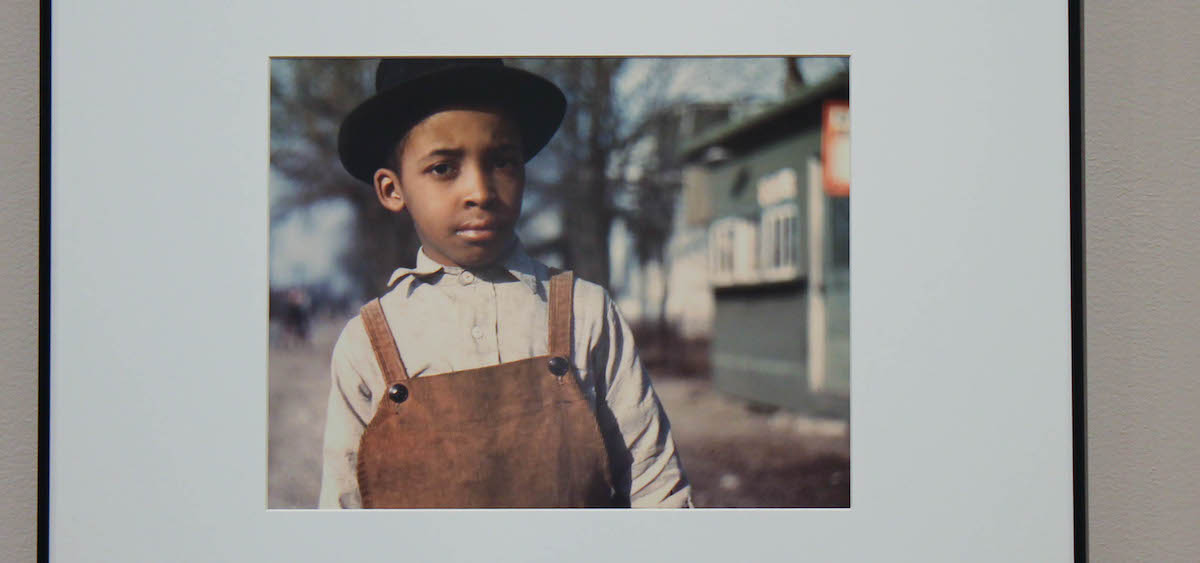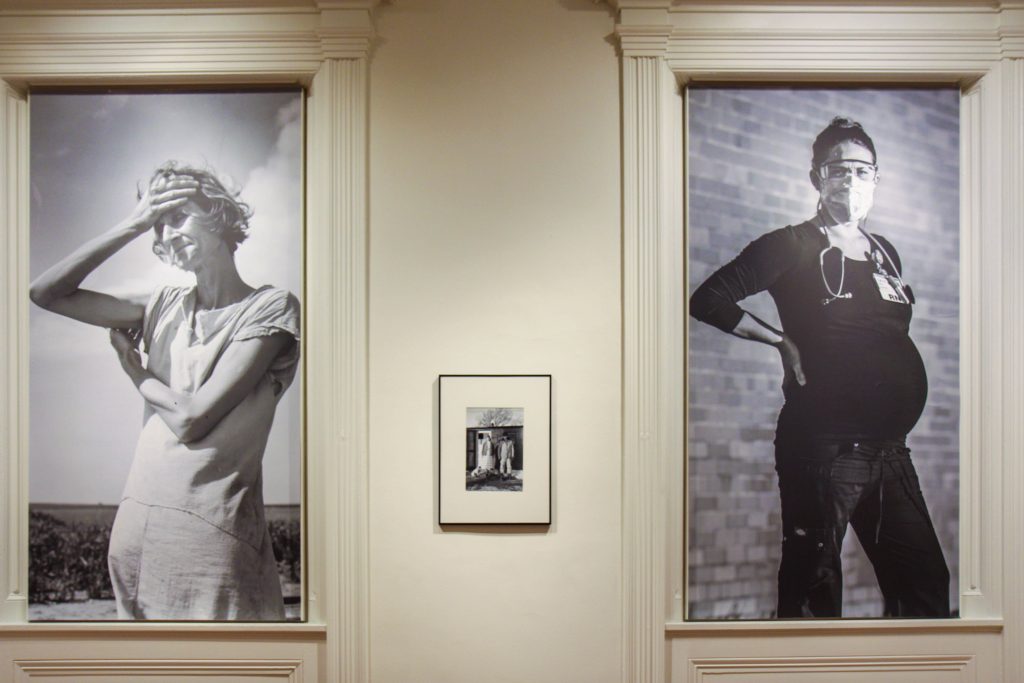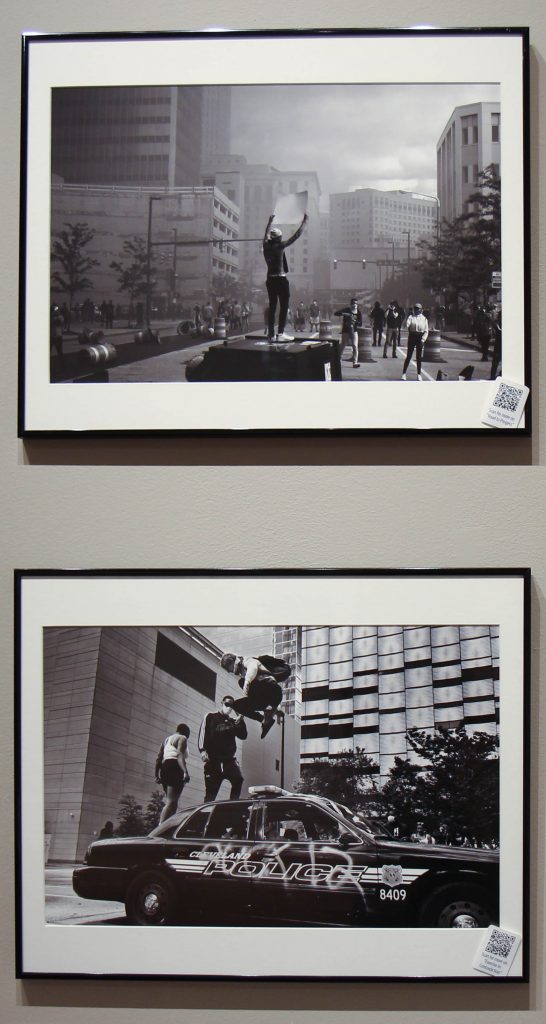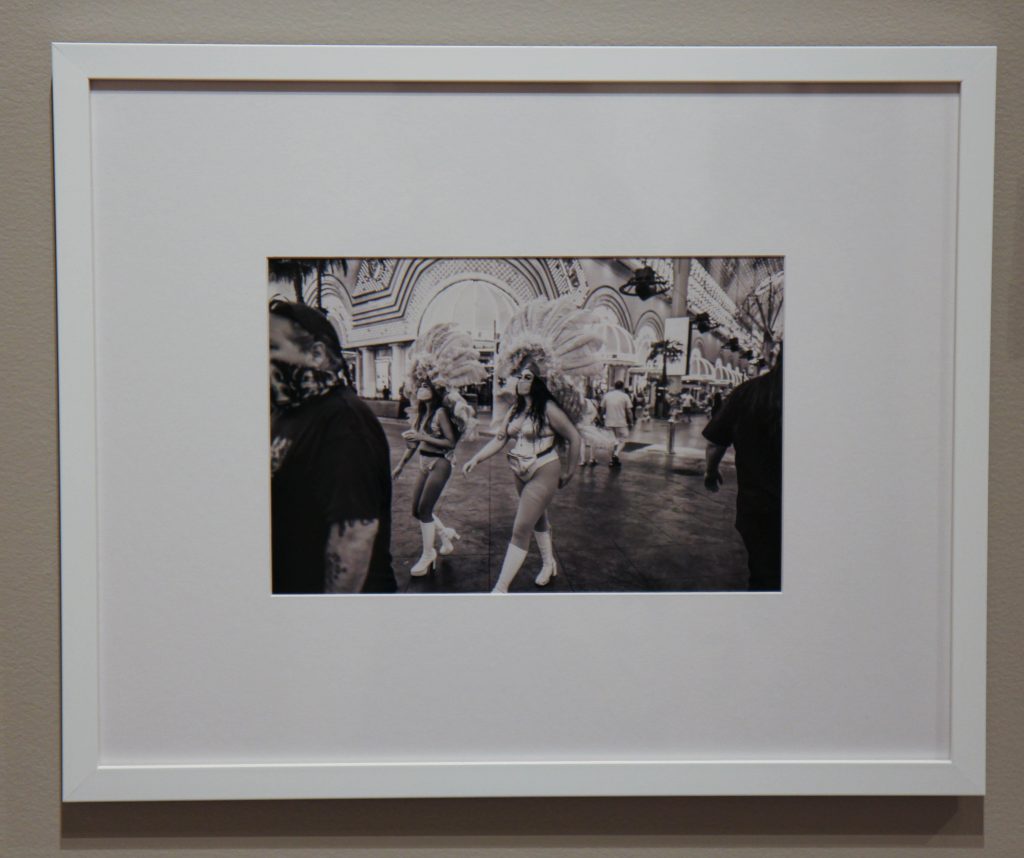Culture

Decorative Arts Center of Ohio draws correlations between the WPA photography of the ’30s and ’40s and pandemic photography in ‘Chronicles’ exhibition
By: Emily Votaw
Posted on:
Through August 28 the Decorative Arts Center of Ohio in Lancaster is showcasing photographs taken decades apart by Americans living in a country that was in a state of disarray in an exhibition entitled “Chronicles: The Great Depression and the Pandemic.”
In the 1930s, when America was still reeling from the impact of the stock market crash of 1929, a sub-agency of President Franklin D. Roosevelt’s Works Projects Administration.
America was economically and social distress in the aftermath of the stock market crash of 1929 and the rural destruction caused by the Dust Bowl. Amidst the rebuilding of the country being done by President Franklin D. Roosevelt’s Works Projects Administration, a sub-agency of the WPA, the Farm Security Administration, charged a group of photographers with documenting the work being done to relieve impoverished corners of the country.
Although they had no way of knowing it at the time, these photographers would not only be documenting the progress of the agency they worked for, they would also be producing some of the most iconic images of our country ever taken. “Chronicles” includes the work of 10 of these photographers.

In 2022, America is in a state of economic and social distress in the wake of the many repercussions of the COVID-19 pandemic, which may have begun in late 2019, but is still very much a part of everyday life. “Chronicles” features photographs taken by five Ohio-based photographers over the course of the first two years of the pandemic, documenting the myriad ways in which life goes on (or doesn’t) in the context of the contemporary moment.
“Chronicles” was curated by Arnold Tunstall, director of university galleries at the University of Akron, and Dr. Christine Fowler Shearer, president and CEO of Fowler Artistic. The work on the exhibition started years ago, near the beginning of the COVID-19 pandemic.

“As a curator, I was talking to living artists who are responding in the moment and hearing from them their fear and frustration, and their agonizing over how to respond to our prompt, which was ‘Hey, document the pandemic and look at FSA photographers and respond to those,'” said Tunstall. “It’s daunting to create or respond to something in the moment. And that’s what I really take away from this, a huge admiration for these photographers that they were able to a create at all and create really beautiful work and respond to our prompt.”
A component of the resonance between the sets of photographs comes from the fact that the ways in which the WPA photographers documented their country had a lasting impact on how Americans, including the contemporary photographers featured in the exhibition, see themselves.
“The thing that’s amazing about this exhibition is that this way of representing Americans or American place really started with the WPA. These photographers were hired to provide information to the government and to show where the problems were in rural America, to show poverty, lack of jobs, but also to show successes — like building up urban environments,” said Tunstall. “And in doing that, they were photographing in a way that heroized the American worker and empathized with a folk without a job and those working on farms. That style really became the American documentary style, and these contemporary photographers are still thinking about that style and using it themselves today for the same reasons.”

Much like the FSA photographers set out to document places in America so deep that many of them had never been seen by the broader public, the contemporary photographers highlighted by the exhibition also turned their eye on aspects of the American experience that many were unaware of.
“That idea of heroizing the worker, the farmer, it’s so American to me,” said Fowler Shearer. “The interesting correlation between those photographs and the ones from today is that idea of that essential worker, that they’re needed. And they’re the ones that had to step up while everybody else got to stay at home. These photos are about giving them credit for what they did.”
Listen to WOUB’s full interview with Tunstall and Fowler Shearer, embedded above in the Soundcloud window.
“Chronicles: The Great Depression and the Pandemic” is on display at the Decorative Arts Center of Ohio through August 28. The Decorative Arts Center of Ohio is open Wednesday through Friday 11 a.m. to 4 p.m. and Saturday and Sunday 1 p.m. to 4 p.m. Admission to the Decorative Arts Center of Ohio is always free.

